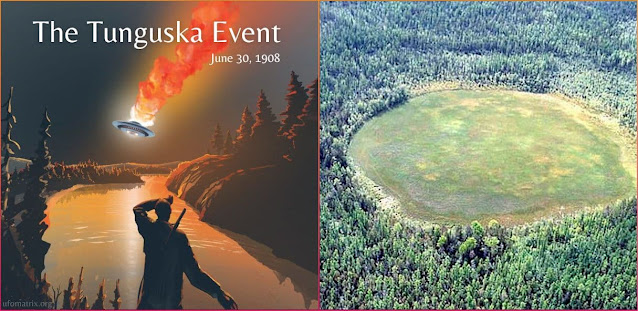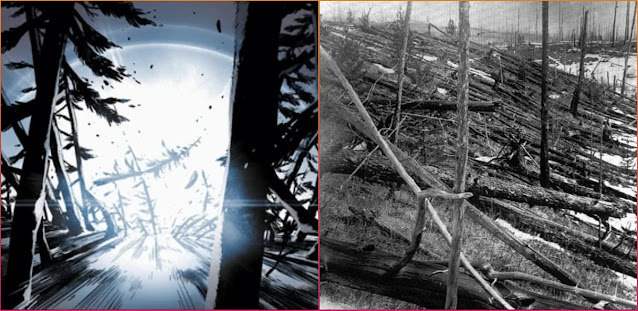In the vast expanse of Siberia, amidst the remote wilderness of the Tunguska region, a cataclysmic event unfolded on June 30, 1908. This event, known as the Tunguska Event, remains one of the most enduring mysteries of the modern era. While not a traditional UFO sighting, the Tunguska Event has sparked speculation and debate for over a century, with various theories attempting to explain the cause of the massive explosion that flattened trees over an area of 770 square miles.
The Tunguska Event: A Catastrophic Blast
On that fateful day in 1908, witnesses in the sparsely populated area of Tunguska were startled by a blinding flash of light and a deafening explosion. The force of the blast was so powerful that it could be felt hundreds of miles away, and seismic stations around the world recorded anomalous disturbances in the Earth’s atmosphere.
The Aftermath: Devastation and Destruction
In the aftermath of the explosion, the devastation was apparent. Trees were scorched and flattened in a radial pattern extending from the epicenter of the blast. Entire forests lay decimated, as if a giant hand had swept across the landscape, leaving behind a desolate wasteland.
The Search for Answers: Scientific Investigations
In the years following the Tunguska Event, scientists embarked on expeditions to the remote region in search of answers. One of the most perplexing aspects of the event was the absence of a crater at the presumed impact site. Despite extensive surveys of the area, no conclusive evidence of a meteorite impact was ever found.
Moreover, there have been speculations and conspiracy theories suggesting that NASA covered up the true nature of the event by attributing it to an “Asteroid Impact Event“. While such claims lack substantial evidence, they continue to fuel skepticism and curiosity surrounding the Tunguska Event.
Theories and Speculations: Exploring Possible Causes
Numerous theories have been proposed to explain the Tunguska Event, ranging from the plausible to the outlandish. The prevailing scientific consensus is that the event was caused by the airburst of a meteoroid or comet fragment. According to this theory, the object entered Earth’s atmosphere and exploded before reaching the ground, unleashing a shockwave that devastated the surrounding area.
Alternative Explanations: UFOs and Extraterrestrial Hypotheses
Despite the meteorite hypothesis, alternative explanations for the Tunguska Event continue to capture the public’s imagination. Some proponents of the UFO phenomenon have suggested that the explosion was caused by the crash of an extraterrestrial spacecraft. While lacking scientific evidence, these theories persist in popular culture, adding to the mystique of the Tunguska Event.
The Enduring Mystery of Tunguska
More than a century after the Tunguska Event, the cause of the catastrophic explosion remains a subject of speculation and intrigue. While scientific investigations have shed light on the likely scenario of a meteoroid or comet airburst, the enigma of Tunguska continues to captivate the minds of researchers and enthusiasts alike. As long as questions remain unanswered, the Tunguska Event will endure as a testament to the mysteries of the cosmos and the enduring allure of the unknown.

